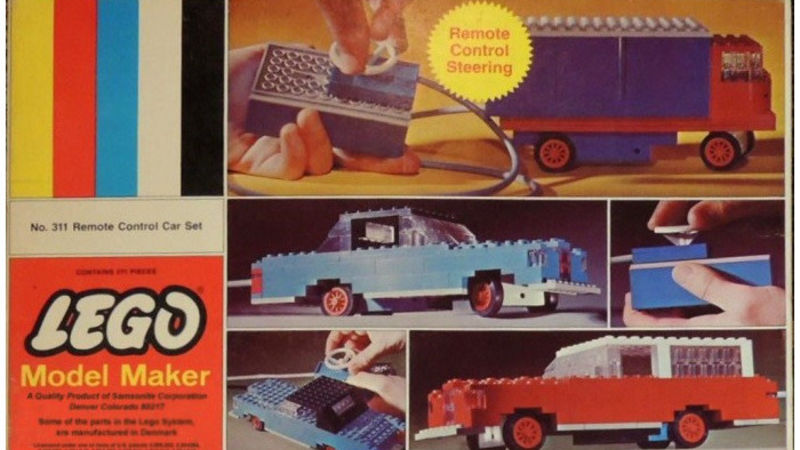
Lego is good and remote-controlled cars are also good, so lets take a look at the history of Lego remote-controlled cars (and trucks, of course). These are compiled from my memory because I know way too much about this stuff and research it more than I probably should. To keep this at a reasonable length, I’m only including what I consider to be “milestone” sets (sets that feature new electronics systems/parts or are otherwise important to the history or Lego RC cars). So without further ado...
The Precursors:
Lego train set 118, released in 1968, was the first Lego set that you could consider to be remote-controlled. The train carried a microphone, and you would control it using a whistle. One whistle made it go, whistling again would make it stop, and on later versions whistling twice made it go backwards. In 1968, this was some pretty advanced technology for a toy, and today this set is a valuable collectors item.
The First Lego Remote-Controlled Car:
The first remote-controlled car set came in 1970, and featured a wire going from the car to the “remote”. Steering was achieved via a generator spun by the remote’s steering wheel sending power to a motor that rotated the front wheels, giving you proportional steering. The drive motor was the same as the train motor, just with road wheels. You could build a few different vehicles with the parts in the set, including a sedan, station wagon, or truck.
But while Lego would release various motorized vehicles over the next couple decades, the next remote-controlled set wouldn’t come until 1993 in the form of Lego Technic set 8082. This set featured two motors, and one of the models you could build was a remote-controlled buggy. By now, Lego had developed a new electronics system known as the 9v system, which was a definite improvement over the previous one and is still popular today. This particular set was steered by a 9v micromotor, the smallest motor Lego has ever made, with a footprint of only 2x2 studs.
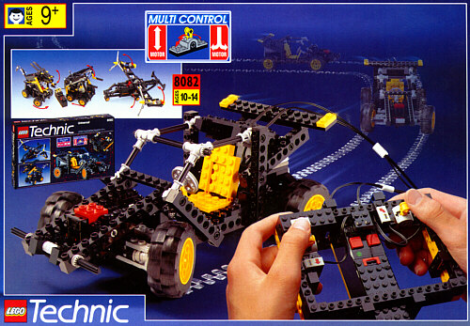
The next one, set 5600, came in 1998 and was not based on the 9v system, or any system before or since. It had its own unique, specialized chassis and was basically just a pre-made RC car (you couldn’t even remove the wheels) that you could build Lego on. It was apparently popular enough that Lego re-released it in 2001, though values of it haven’t risen much. If you’re looking for a cheap Lego RC car, this one’s a good option.

The 2000s Era
The 2000s were a difficult time for Lego, with them nearly facing bankruptcy. Because of this, Lego got very experimental with some of their products in the hopes that something would catch on. One good thing that came of it is that it resulted in more Lego RC cars, the first of which was set 4589, released in 2002. Similarly to the previous one, it had a pre-made chassis, but this time the wheels were regular Lego wheels that you would attach yourself. It also featured a really weird antenna.
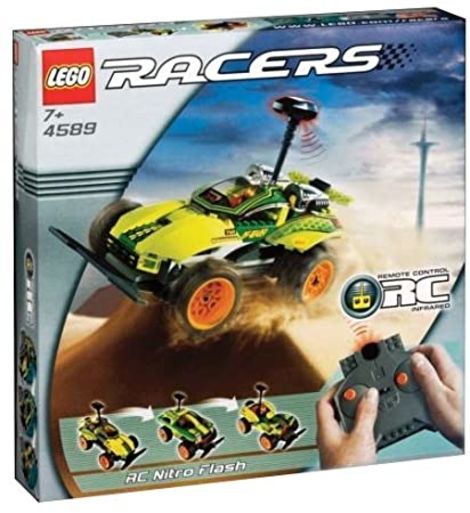
Also in 2002, Lego released set 8475, which is a big deal in the world of Lego RC cars, because it came with a number of new parts that are now highly sought after among Technic builders. The drive motors in it (now dubbed “RC buggy motors”) are popular for their power and speed, and the control module of the set had excellent range. Three sets would be released using these parts, and they are all desirable today.

In 2003, Lego RC cars got weird. Lego created an entirely new construction system specifically for high-performance RC cars, and two different RC systems were created to go with it. The first set was the 8369 Dirt Crusher, and it didn’t even look like Lego. But it was fast. Extremely fast. The fastest and most powerful of all Lego RC cars, in fact. And it also featured some fancy stuff like adjustable suspension. You could even buy packs of parts to change the color to blue. Sadly, though, the low compatibility with regular Lego caused this system to fall out of favor.
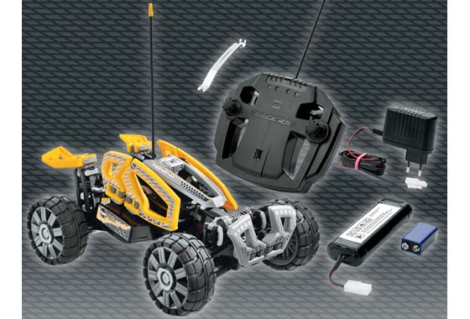
They also released some cheaper, slower RC cars using this system. I bought one of them. Mine is the Sunset Cruiser, and I guess it’s pretty fun.
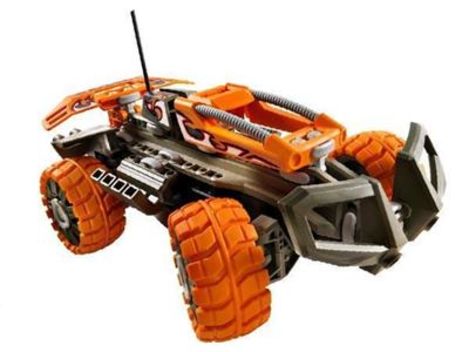
It wasn’t long until Lego released their new Power Functions electronics system and new RC components with it, but it wasn’t until 2010 that Lego released the first RC car with this system, set 8183. It once again used a pre-made chassis, but this time it was criticized for its weak steering, poor range (which is a common issue among all the infrared-controlled Lego RC sets), and awkward proportions that made it difficult to use in custom creations. Still, it’s the most compact RC chassis Lego ever made, so there’s that.

Then, in 2014, we got the 41999 4x4 Crawler. It was the first Power Functions set with a servo motor, and featured four-wheel drive, four-wheel steering, fancy suspension, and an exclusive edition with fan-designed muscle car bodywork. It was pretty darn good.
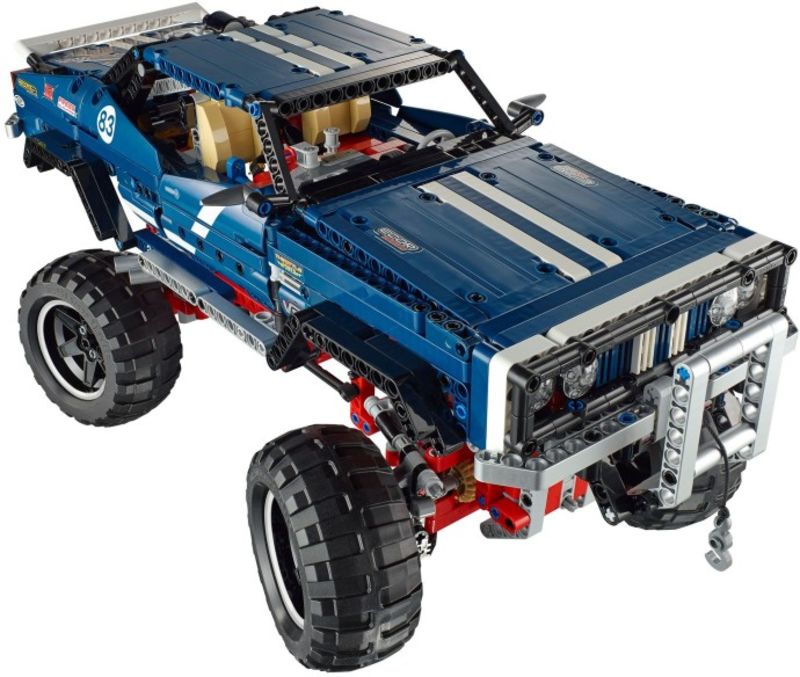
App Control
And now we have moved on to the present era of Lego RC vehicles, with app-controlled sets appearing. The first one was the app-controlled Batmobile, followed by Technic set 42099, which featured a version of the new system designed specifically for Technic.
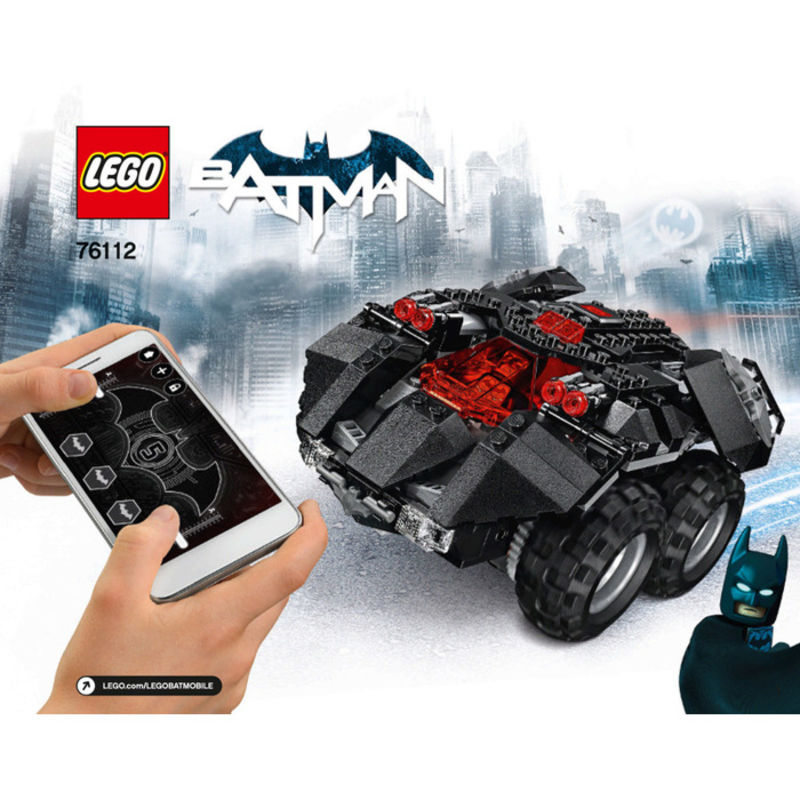
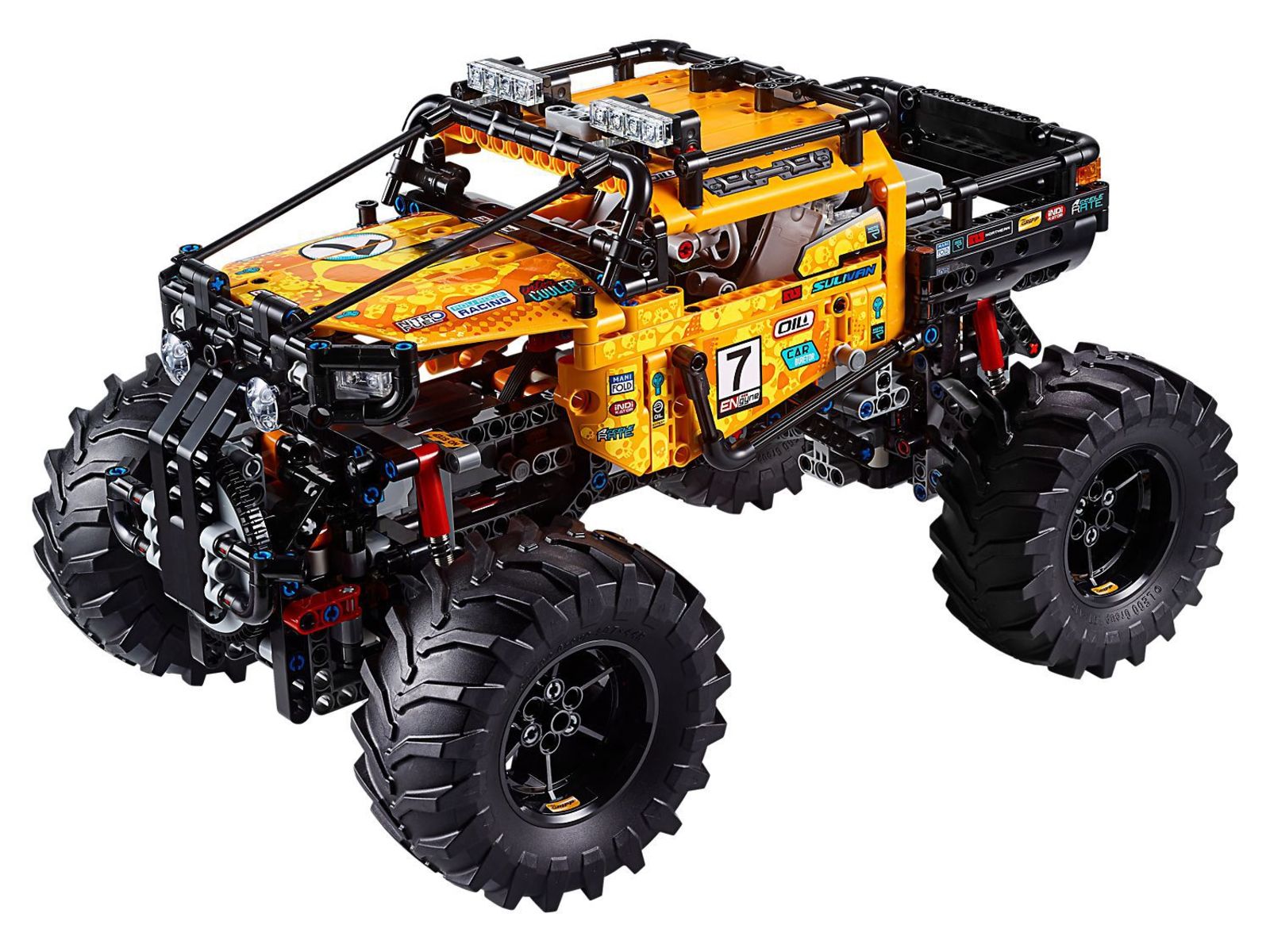
And there you have it, the history of Lego remote-controlled cars until now. Let me know if I missed any important or special ones, or if you’ve ever owned one of these. Or if you suddenly feel the urge to spend lots of money, though I’m not sure any of us will be able to help you stop yourself.